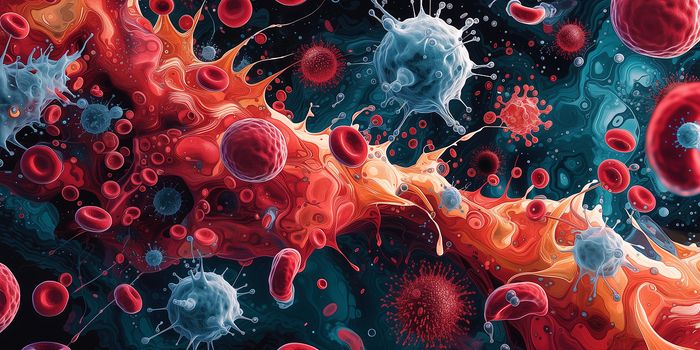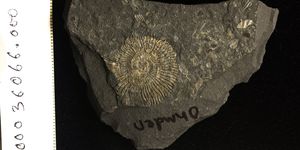New Insight on Wilms Tumor Development
Wilms tumor (also known as nephroblastoma), a type of kidney cancer most commonly diagnosed in children under five years old, presents with abdominal pain and swelling, sometimes accompanied by fever, anemia, or hypertension. Luckily, children in the United States diagnosed with Wilms tumor have a survival rate of over 90%. However, recurrence rates remain between 15 - 50%, depending on the characteristics of the primary cancer, and outcomes for recurrent Wilms tumor remain less favorable.
While experts consider Wilms tumor relatively rare, it remains the most prevalent childhood kidney cancer and the fourth most common childhood cancer. A new study published in Advanced Science has shed new light on the development of Wilms tumor, giving oncologists and drug developers potential targets for therapeutic intervention.
The study focuses on nephrogenic progenitors (NPs), self-renewing cells expressing SIX2 and CITED2. These genes regulate kidney development (the biological process known as nephrogenesis). NPs usually mature into kidney cells resulting in the growth of healthy renal tissue. The researchers investigated what occurred differently in NPs where Wilms tumor developed in place of healthy kidneys.
The researchers compared the NPs from Wilms tumor tissue samples and normal kidney samples. Histological analysis revealed distinct differences in the appearance of tissues from healthy kidney tissue and Wilms tumor. As early as ten weeks of gestational age, researchers could clearly identify cellular structures in healthy kidney tissue, while Wilms tumor tissue appeared disorganized and inconsistent between samples.
The location of the SIX2+CITED1+ cells differed between samples. At the same time, SIX2+CITED1+ cells in healthy kidney tissue localized exclusively to a specific region in the area known as the nephrogenic zone. Notably, a previous study identified this region as the location of NPs during nephrogenesis. In contrast, the researchers found the SIX2+CITED1+ cells in Wilms tumor tissue in various regions of the kidney and thus not concentrated in the nephrogenic zone where NPs need to be for nephrogenesis.
The study also identified differences in the expression of integrins , proteins that help cells attach to and communicate with other cells in their environment. Specifically, the researchers noticed abnormal expression of two integrins, ITGβ1 and ITGβ4, in the nephrogenic zone of Wilms tumor tissue.
Identifying these critical differences between healthy kidney tissue and Wilms tumor could help doctors diagnose this childhood malignancy promptly. Early diagnosis and treatment intervention could reduce the prevalence of recurrent Wilms tumor cases allowing us to rely more heavily on the successful therapeutic interventions used in the primary tumor setting.
Sources: StatPearls, Advanced Sci, Stem Cell Trans Med









